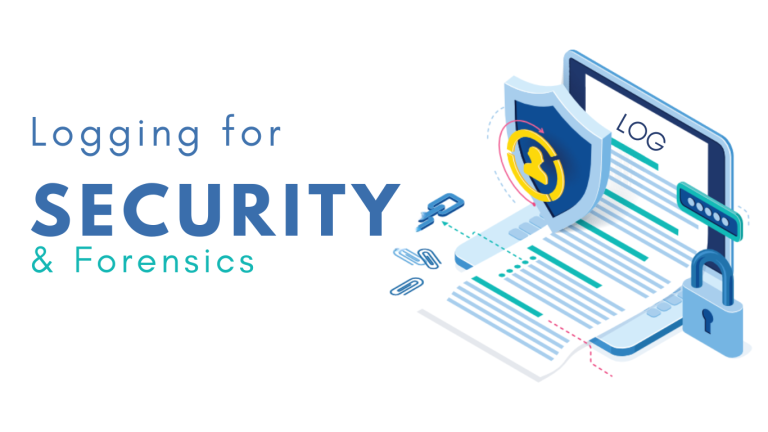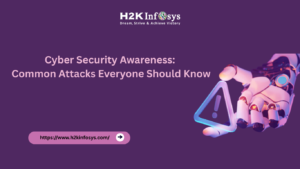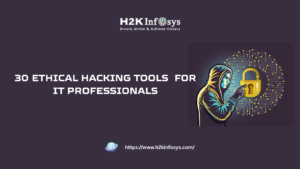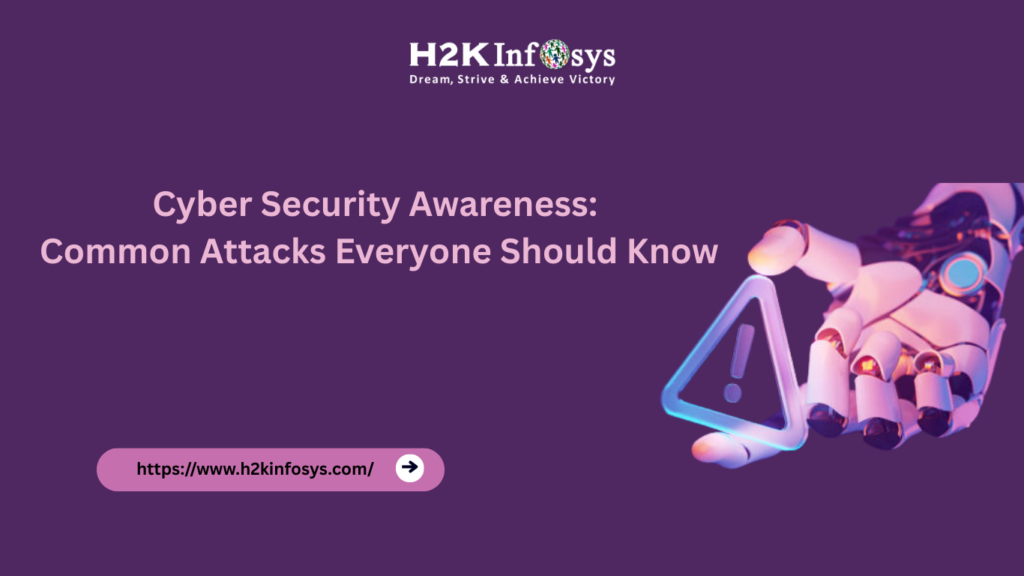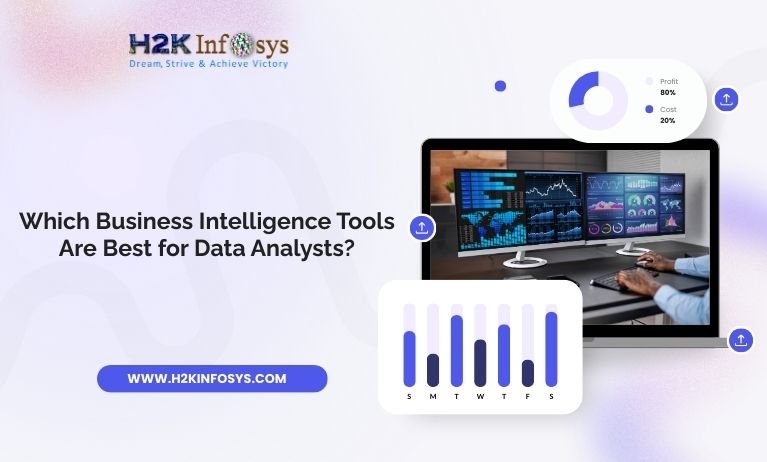Introduction:
As software delivery continues to accelerate and security threats evolve daily, logging often remains undervalued. Many DevSecOps teams focus on automated pipelines, vulnerability scanning, and compliance checks, but without robust logging, detecting and investigating threats becomes nearly impossible.
Logging for Security & Forensics is not just about recording events. It is about collecting, storing, analyzing, and acting upon data that can prevent breaches and help investigate incidents. When done correctly, it serves as a digital trail that enables security teams to reconstruct events, understand attacker behavior, and implement stronger defenses.
If you are pursuing DevSecOps Training, aiming for AWS DevSecOps Certification, or enrolling in a DevSecOps Course Online, mastering logging strategies is non-negotiable. This guide will walk you through the concepts, tools, and best practices with a mix of theory and hands-on insights.
The Role of Logging in DevSecOps
At its core, DevSecOps integrates security into the CI/CD pipeline from day one. Logging is a crucial pillar because it gives visibility into every stage of development, testing, deployment, and runtime operations.
In a DevSecOps workflow, Logging for Security & Forensics is used to:
- Track changes in source code and configuration.
- Monitor build and deployment processes for anomalies.
- Capture application and infrastructure events in real-time.
- Provide traceable evidence for compliance and audits.
Without effective logging, breaches can go unnoticed for months. According to IBM’s 2023 Cost of a Data Breach Report, organizations with advanced logging and monitoring detected breaches 108 days faster than those without it.
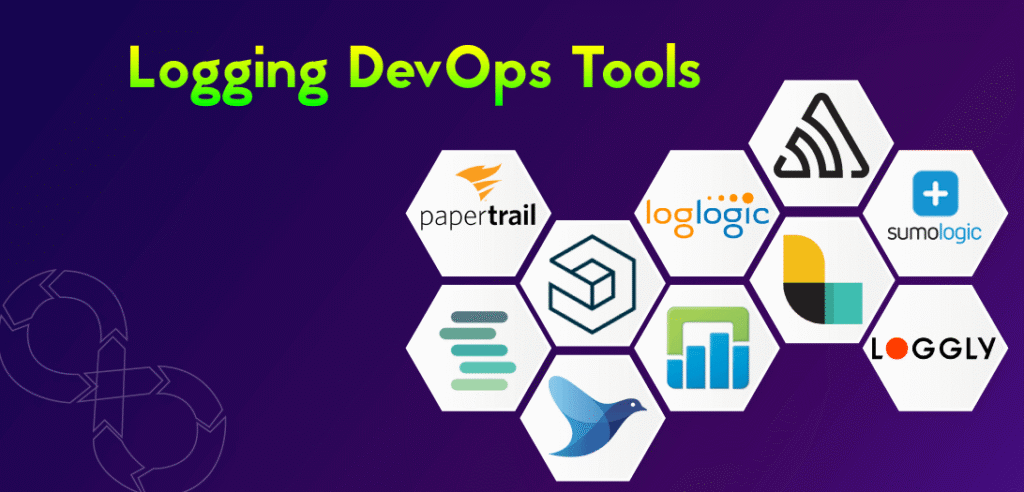
Security and Forensics Logging: Key Concepts
To build a strong logging strategy, you need to understand the core concepts behind Logging for Security & Forensics.
2.1 Event Logs
These record activities at the operating system, application, and network level. Examples include authentication attempts, file access, and API calls.
2.2 Audit Trails
A chronological sequence of logs that document every action taken in the system. These are critical for compliance audits and forensic investigations.
2.3 Centralized Log Management
Storing logs in a central repository enables better correlation, faster search, and stronger security controls.
2.4 Log Retention Policies
Retention defines how long logs are stored before being archived or deleted. For forensics, retention should comply with regulatory requirements.
2.5 Log Integrity
Attackers often try to tamper with logs to hide their tracks. Using cryptographic signatures or write-once storage can maintain log integrity.
How Logging Supports Security in DevSecOps
Security in DevSecOps is proactive. Logs act as the real-time sensory system that alerts teams to unusual or malicious activity.
- Threat Detection: Logs can reveal brute-force login attempts, unauthorized API calls, or suspicious privilege escalations.
- Incident Response: When an incident occurs, logs help identify the source, impact, and timeline of the attack.
- Vulnerability Assessment: Application logs can highlight recurring errors or unpatched components exploited by attackers.
- Compliance Assurance: Regulatory frameworks like GDPR, HIPAA, and PCI-DSS require Logging for Security & Forensics for audit readiness.
Example: In a cloud environment, AWS CloudTrail provides a detailed log of API calls, enabling teams to detect unusual activity and respond quickly.
Forensics in DevSecOps: Going Beyond Detection
Logging for Security & Forensics focuses on understanding the how and why behind a security incident. This process is heavily dependent on the quality and completeness of logs.
A well-structured forensic investigation in DevSecOps includes:
- Preservation of Evidence – Ensuring logs are not altered after an incident is detected.
- Chain of Custody – Documenting how evidence (logs) is collected, stored, and accessed.
- Root Cause Analysis – Using logs to trace the exact steps of an attacker.
- Reporting and Recommendations – Sharing findings with stakeholders and suggesting preventive measures.
In short, Logging for Security & Forensics transforms raw data into actionable intelligence for both immediate response and long-term defense.
Types of Logs to Capture in DevSecOps
A robust strategy involves capturing multiple log types:
- Application Logs – Track user actions, errors, and business logic flows.
- System Logs – Include OS-level events like logins, process starts, and service failures.
- Network Logs – Record connections, packet data, and firewall activities.
- Database Logs – Capture queries, schema changes, and access attempts.
- Cloud Service Logs – For AWS, tools like CloudTrail, GuardDuty, and CloudWatch generate critical audit data.
- Container Logs – Monitor Docker or Kubernetes environments for anomalies.
Integrating these into a centralized system ensures Logging for Security & Forensics remains consistent and accessible.
Building a Logging Strategy in DevSecOps
Here’s a practical step-by-step guide to building an effective logging strategy.
Step 1: Define Objectives
Identify your security, compliance, and operational goals. For example, preventing data breaches, meeting audit requirements, or optimizing performance.
Step 2: Choose Logging Tools
Popular tools include ELK Stack (Elasticsearch, Logstash, Kibana), Splunk, and AWS-native services. For teams preparing for AWS DevSecOps Certification, mastering AWS CloudWatch and CloudTrail is essential.
Step 3: Standardize Log Formats
Use structured formats like JSON to enable easy parsing and analysis.
Step 4: Centralize Logs
Aggregate logs from all systems to a single platform.
Step 5: Implement Real-Time Monitoring
Set alerts for suspicious patterns or thresholds.
Step 6: Secure the Logs
Encrypt logs in transit and at rest to protect sensitive information.
Step 7: Define Retention Policies
Balance storage costs with compliance requirements.
Common Challenges in Logging for Security
Even experienced teams face obstacles:
- Data Overload – Logging everything without filters leads to excessive noise.
- Performance Impact – Excessive logging can slow down systems.
- Storage Costs – Long-term log storage can become expensive.
- Log Tampering – Attackers may alter or delete logs if they gain access.
- Lack of Standardization – Different systems generating inconsistent formats complicate analysis.
Overcoming these requires disciplined planning and automation in your Logging for Security & Forensics process.
Best Practices for Logging in DevSecOps
- Log Early, Log Often – Capture data from development through production.
- Correlate Logs – Link logs across systems to identify multi-stage attacks.
- Use Role-Based Access – Restrict who can view or modify logs.
- Automate Analysis – Use AI/ML-based tools for pattern recognition.
- Regularly Review Logs – Scheduled audits help detect overlooked issues.
Real-world example: Netflix employs centralized logging across microservices to detect anomalies early, using automated dashboards for real-time threat visibility.
Logging in Cloud and Containerized Environments
Cloud and containerization bring unique challenges.
In AWS:
- Use CloudTrail for API logging.
- Enable VPC Flow Logs to monitor network traffic.
- Store logs in Amazon S3 with lifecycle policies for cost optimization.
In Kubernetes:
- Use Fluentd or Logstash for log aggregation.
- Implement sidecar logging patterns to capture container stdout and stderr.
These environments require fine-tuned Logging for Security & Forensics to maintain visibility across ephemeral workloads.
Integrating Logging with CI/CD Pipelines
In DevSecOps, logs should not only be used during runtime but also during build and deployment stages.
- Build Stage: Log dependency checks, unit test results, and code quality metrics.
- Test Stage: Log security scan results from tools like OWASP ZAP or Snyk.
- Deployment Stage: Log configuration changes, infrastructure provisioning, and version updates.
Embedding logging into every stage ensures Logging for Security & Forensics covers the full software lifecycle.
Case Study: Preventing a Breach Through Effective Logging
A mid-sized financial services company detected suspicious activity in their AWS environment. The security team used centralized logs from CloudTrail and GuardDuty to trace unauthorized API calls. By correlating events, they discovered compromised credentials used from an unusual IP range. Immediate action was taken to rotate keys, revoke permissions, and block the IPs.
This incident highlighted how Logging for Security & Forensics enabled rapid detection and remediation, preventing data exfiltration.
Skills You Gain Through Logging Mastery
By mastering this area in DevSecOps Training or while preparing for AWS DevSecOps Certification, you gain:
- Proficiency in log management tools and services.
- Ability to detect and respond to threats faster.
- Understanding of compliance-driven logging requirements.
- Expertise in forensic investigation workflows.
A DevSecOps Course Online that covers Logging for Security & Forensics equips you with practical skills to apply in any security-focused role.
Future Trends in Security and Forensics Logging
The next few years will see:
- AI-Powered Log Analysis – Automated anomaly detection with deep learning models.
- Immutable Logging Systems – Blockchain-backed logs that cannot be altered.
- Zero-Trust Integration – Logging tied to continuous verification of every request.
- Cloud-Native Forensics – Specialized forensic tools for serverless and containerized workloads.
Staying ahead in Logging for Security & Forensics means continuously adapting your strategy to these advancements.
Conclusion
Logging is the backbone of security visibility in DevSecOps. Without it, threats remain hidden, compliance falters, and investigations stall. Logging for Security & Forensics ensures you can detect, respond to, and analyze incidents effectively.
Key takeaways:
- Integrate logging at every stage of DevSecOps.
- Focus on centralized, standardized, and secure logging.
- Use logs for both proactive threat detection and post-incident forensics.
If you want to excel in security engineering and gain a competitive edge, start mastering Logging for Security & Forensics strategies today. Apply what you learn in your DevSecOps Training, aim for AWS DevSecOps Certification, and enhance your career through a DevSecOps Course Online.
